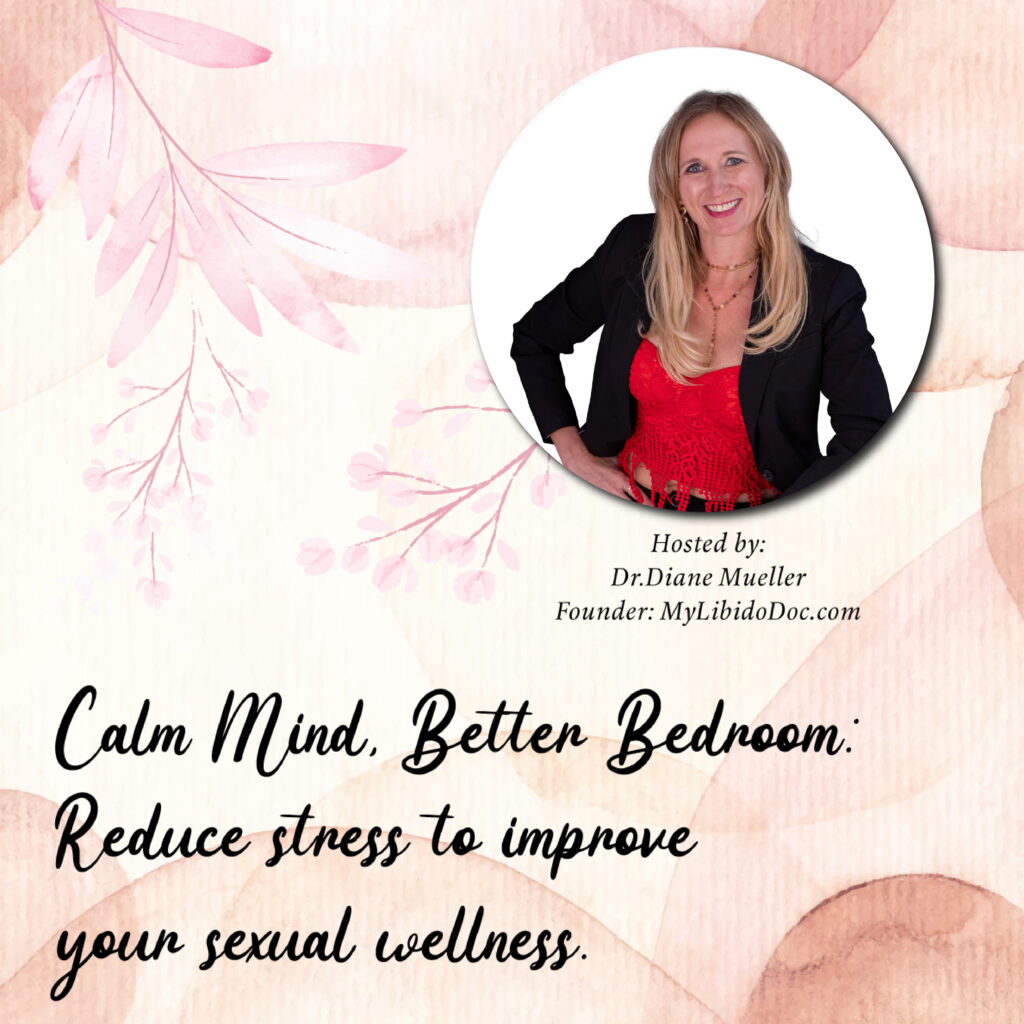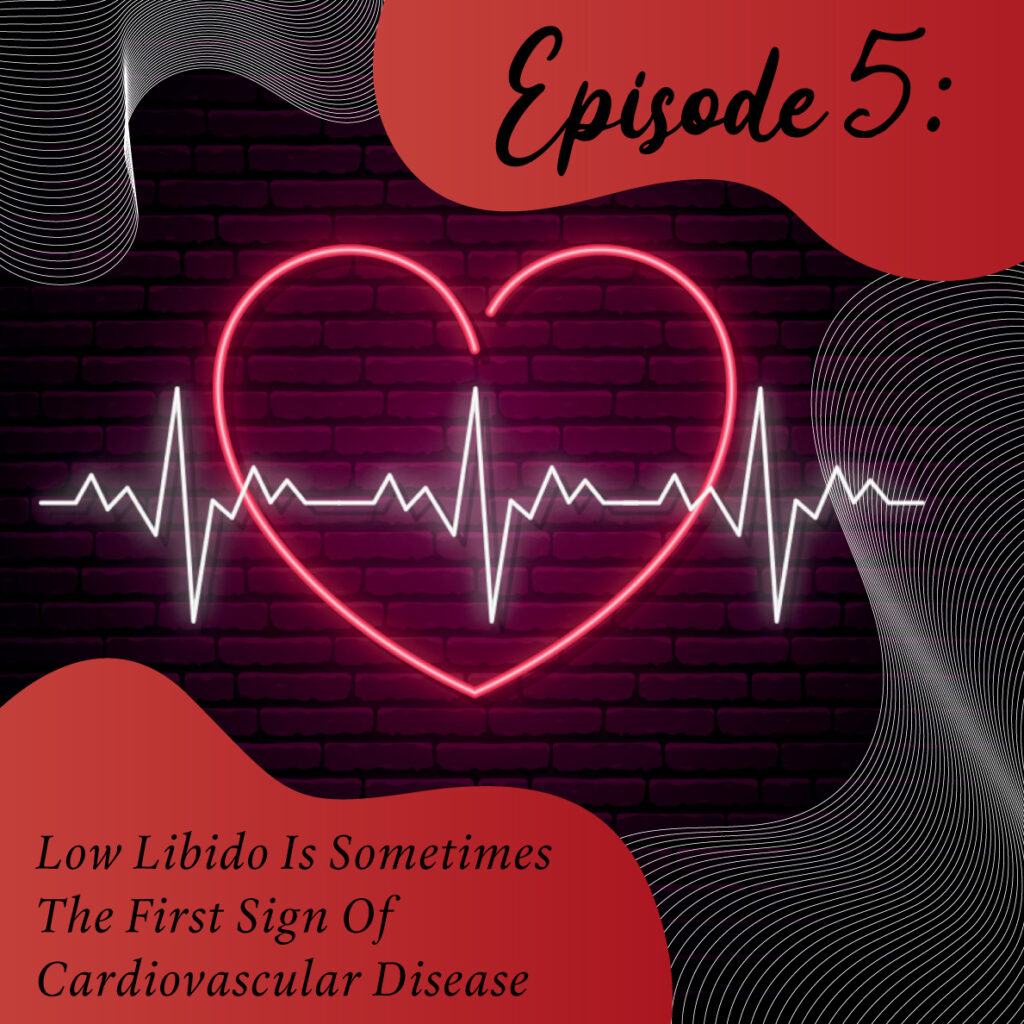(VMS) Vasomotor Symptoms of Menopause … what on earth is that? That is the technical term for hot flashes. You know those episodes of profuse heat where you sweat and turn bright red? It’s that feeling that, when a hot flash strikes, you have to take all clothes off Immediately. No matter what. In winter too 😊. Or what about the night sweats, where you wake up in the night completely soaked like you have been in the sauna half an hour or maybe longer 🙂
What are the Vasomotor Symptoms Of Menopause
What is happening in menopause that affects hair loss? Hot flashes and night sweats are common symptoms of menopause. See our previous blogs on menopause for background. Menopause is when a woman stops reproducing and experiences a sharp drop in the reproductive hormones, namely estrogen and progesterone. Most women go through menopause in their 50’s. Many symptoms are related to menopause but hot flashes and night sweats are common. It is the feeling of heat, sweating, and flushing mainly felt around the head, neck, chest, and upper back. It feels like your core is on fire at times!
Hot flashes are caused by hormonal fluctuations.
They happen when the lower estrogen levels of menopause cause the body’s thermostat, or hypothalamus, to be more sensitive to small changes in body temperature. When the hypothalamus thinks your body is too warm, it starts a hot flash as a way to cool down. The heart beats faster, blood vessels in the skin dilate to circulate more blood to let off heat and sweat glands release sweat to cool down the body. It is all part of the fun of being on the menopausal hormonal roller-coaster.
Hot flashes are typically short in time duration. Some pass after a few seconds. A long hot flash would be 10 minutes long. On average, hot flashes seem to last for up to 5 minutes.
The menopause is experienced differently by every woman. Some women barely have a hot flash or night sweat. For others, they have a few hot flashes per week. Other women have a few per hour. The frequency and intensity of hot flashes can seriously affect the quality of life and possibly in a negative way.
What Triggers a Hot Flash?
Apart from lower estrogen, there are external things that trigger hot flashes. These factors can provoke sudden and intense heat and make hot flashes more frequent and intense.
External triggers of hot flashes can include:
- Spicy foods
- Caffeine
- Alcohol
- Being in a hot room or in high temperature
- Feeling stressed or anxious
- Tight clothing
What can you do about VMS?
There are some steps we can take to reduce hot flashes. One way is to make some lifestyle changes. This involves avoiding the afore-mentioned triggers. So, we recommend reducing or quitting alcohol and caffeine. That may be a big ask for some people. But give it a try and see how your body reacts.
- Avoid spicy foods.
- Try dressing in loose layers so you can easily remove a layer to help cool down quickly.
- Try to reduce or manage your stress levels. Yoga, meditation, being out in nature and breathing techniques are a great place to start if you are stressed.
- Find a cool place or stand in front of a fan. Try drinking cold ice water when a hot flash starts.
It goes without saying that following the basics of good health apply here too. Eat a whole foods healthy diet with plenty of vegetables. Maintain a healthy weight. Quit smoking, if you do smoke. Be sure to get some exercise into your, ideally, daily, schedule.
Natural Remedies That Help with Hot Flashes
- Herbal supplements like black cohosh, red clover, evening primrose oil, and sage can help. 5HTP can be useful in some cases. Flaxseeds can help to balance hormones. Try adding 1 -2 Tbsp to your daily diet.
- It can also help to simply breathe through the hot flash and try to relax. You know it’s going to be short-lived so try to relax and wait it out.
- Try keeping a journal. Note down what you were doing, eating, drinking, feeling, or wearing when you have a hot flash. After about a week, you may start to see a pattern that indicates what your individual and specific triggers are.
Medical Solutions To Ease Vasomotor Symptoms of Menopause
If these types of things don’t help, then a stronger approach is to try medical treatment. Bio-identical hormone replacement therapy, or HRT, is an option. This is a therapy where you take estrogen and progesterone, depending upon the individual case, to help raise these hormones which have dropped substantially with menopause.
Many women find relief with HRT. It is controversial and there are thought to be side effects. The main concern is an increased risk of breast cancer or heart disease but this is not always the case. Speak to your doctor about the pros and cons of HRT to make the decision that is right for you.
Some other types of medications may reduce hot flashes so ask your doctor about these if you still need relief.
Now you know what vasomotor symptoms of menopause are. These hot flashes and night sweats are often considered the cardinal symptoms of menopause. The majority of women during the menopausal transition have these, so you are certainly not alone!
While they can be unpleasant, there are ways to mitigate them. Managing them typically involves a combination of lifestyle changes, therapies, and sometimes medications, tailored to individual needs and preferences. Try the techniques we mentioned. Also speak to your doctor for medical advice, especially if your symptoms are severe.
For more information go back to Menopause and Sex
References:
A. Maggio da Fonseca, V. Bagnoli, Marilene Alícia Souza, et al. “Impact of Age and Body Mass on the Intensity of Menopausal Symptoms.” Gynecological Endocrinology, 2013. DOI: 10.3109/09513590.2012.730570
C. Gracia, E. Freeman. “Onset of the Menopause Transition: The Earliest Signs and Symptoms.” Obstetrics and Gynecology Clinics of North America, 2018. DOI: 10.1016/j.ogc.2018.07.002
J. Katon, Kristen E. Gray, M. Gerber, et al. “Vasomotor Symptoms and Quality of Life Among Veteran and Non-Veteran Postmenopausal Women.” The Gerontologist, 2016. DOI: 10.1093/geront/gnv104
T. Muka, C. Oliver‐Williams, V. Colpani, et al. “Association of Vasomotor and Other Menopausal Symptoms with Risk of Cardiovascular Disease: A Systematic Review and Meta-Analysis.” PLoS ONE, 2016. DOI: 10.1371/journal.pone.0157417





